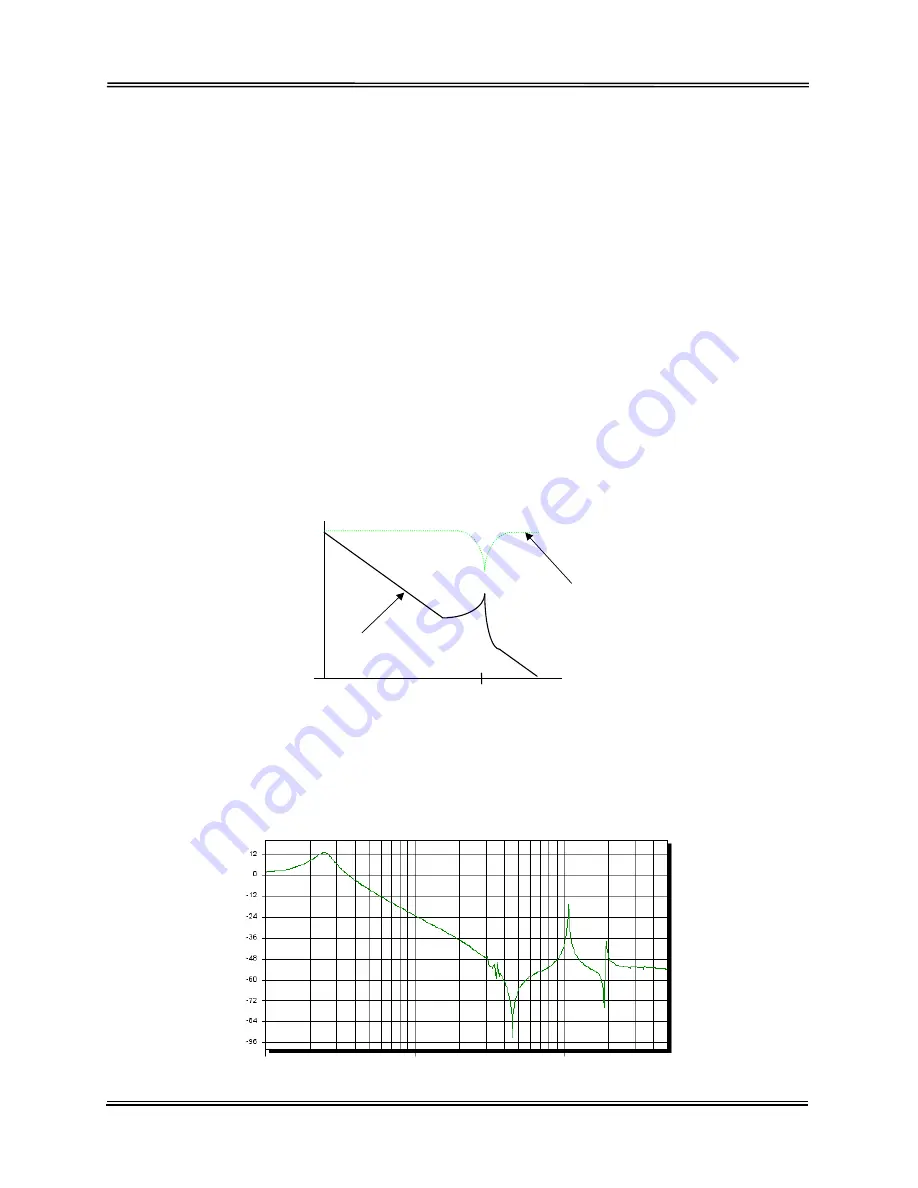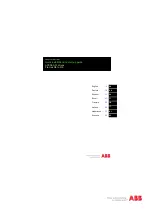
Mach-DSP User’s Manual
Document Number: MACH-DSP-9021
Page 32
www.ScannerMAX.com
5.4
Dual Output Filters (low-pass, notch, or phase-lead)
Every scanner and mirror combination has one or more torsional resonances. The
frequency and severity of these resonances is a function of the rotor components
(including the rotating magnet, the bearings, the moving element of the position sensor,
and the shafts which connect all of these elements) as well as the size and shape of the
mirror being driven by the scanner. In many cases, if a notch or low-pass filter is not
used, oscillation will occur at the torsional resonant frequency of the rotor/mirror system.
This is especially true when driving mirrors for apertures larger than around 4mm.
In addition to the five main servo parameters described above, the Mach-DSP
incorporates two separate output filters that may each be enabled and adjusted to
prevent oscillations from occurring in the servo loop. (Although the Mach-DSP allows
these filters to be configured as either low-pass, notch, or phase-lead, a notch filter is
the type most often used, and chosen when there are a small number of well-defined
resonances. When needed, the phase-lead filter can be used to improve damping.) The
output filters allow for the use of high servo gains for fast response times. Figure 5.4
below gives a graphical example of the scanner’s rotor/mirror resonance characteristic
along with a notch filter response that would attenuate the resonance.
When there are many successive resonances as shown below, it may be more handy to
use a low-pass filter instead of a notch. For that reason, the Mach-DSP allows you to
choose a single-pole low-pass or two-pole low-pass, having adjustable cut-off frequency
and Q settings, allowing the user to make appropriate trade-offs while adjusting tuning.
gain
(dB)
frequency
Figure 5.4: Notch Frequency Response
F
res
Scanner
Position/I
Notch
filter
















































